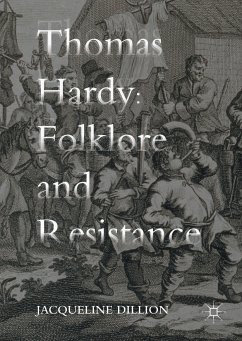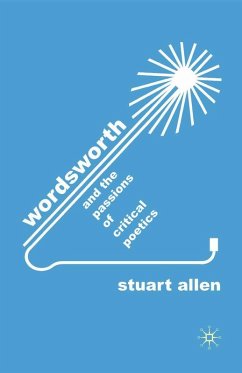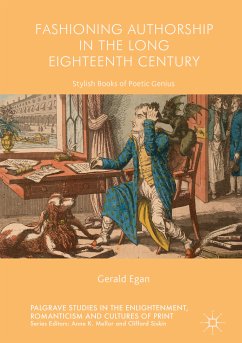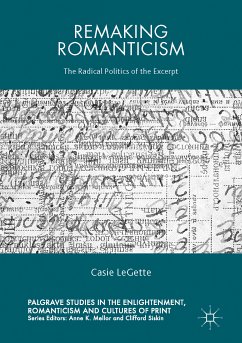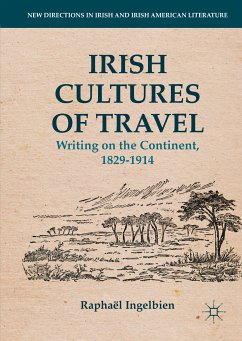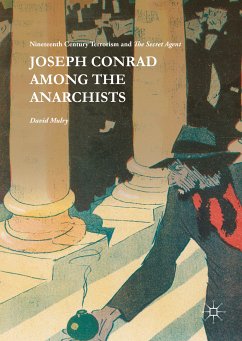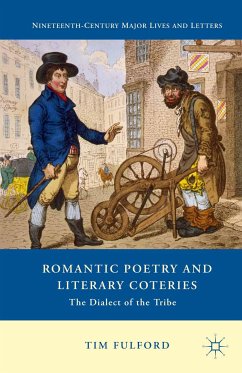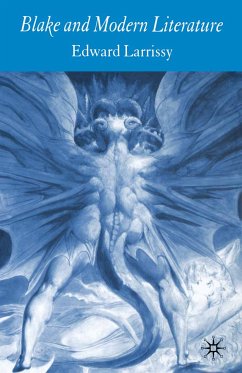
The Wordsworth-Coleridge Circle and the Aesthetics of Disability (eBook, PDF)
Versandkostenfrei!
Sofort per Download lieferbar
68,95 €
inkl. MwSt.
Weitere Ausgaben:

PAYBACK Punkte
34 °P sammeln!
This book argues for the importance of disability to authors of the Wordsworth-Coleridge circle. By examining texts in a variety of genres - ranging from self-experimental medical texts to lyric poetry to metaphysical essays - Stanback demonstrates the extent to which non-normative embodiment was central to Romantic-era thought and Romantic-era aesthetics. The book reassesses well-known literary and medical works by such authors as William Wordsworth, Samuel Taylor Coleridge, and Humphry Davy, argues for the importance of lesser-studied work by authors including Charles Lamb and Thomas Beddoes...
This book argues for the importance of disability to authors of the Wordsworth-Coleridge circle. By examining texts in a variety of genres - ranging from self-experimental medical texts to lyric poetry to metaphysical essays - Stanback demonstrates the extent to which non-normative embodiment was central to Romantic-era thought and Romantic-era aesthetics. The book reassesses well-known literary and medical works by such authors as William Wordsworth, Samuel Taylor Coleridge, and Humphry Davy, argues for the importance of lesser-studied work by authors including Charles Lamb and Thomas Beddoes, and introduces significant unpublished work by Tom Wedgwood.
Dieser Download kann aus rechtlichen Gründen nur mit Rechnungsadresse in A, B, BG, CY, CZ, D, DK, EW, E, FIN, F, GR, HR, H, IRL, I, LT, L, LR, M, NL, PL, P, R, S, SLO, SK ausgeliefert werden.



